Articles
-
Articles
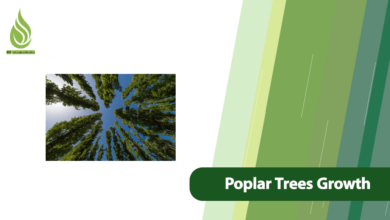
Key Strategies for Rapid Growth in Poplar Trees
Poplar trees are a powerhouse in the wood and paper industries, offering tremendous potential for economic profitability when cultivated properly. Whether you’re a farmer, landowner, or investor looking to capitalize on sustainable forestry, understanding the key strategies for fostering the rapid growth of poplar trees is crucial. Achieving rapid growth and high productivity requires precisely meeting the tree’s nutritional, environmental, and management needs. This comprehensive guide provides practical, science-backed advice for anyone aiming to accelerate poplar tree development. Introduction to…
Read More -
Articles
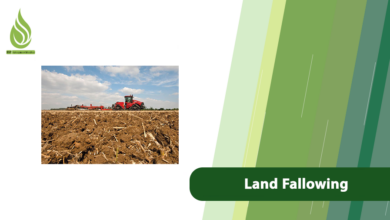
What Is Land Fallowing? When Should You Do It?
In sustainable farming, land fallowing, often described as letting the soil rest, is a traditional practice where farmland is left unplanted to recover its strength and fertility. This is not merely leaving a field empty; it is a planned method to restore the soil’s nutrients and structure. In this guide, we will explain what land fallowing is, when to use it, its many advantages, and how to manage soil nutrients during this period. Whether you farm in the dry areas,…
Read More -
Articles
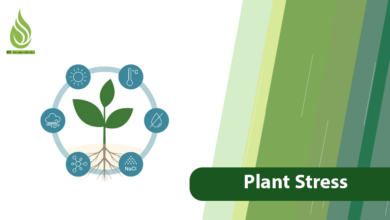
What is Plant Stress & How to Manage It?
In everyday gardening and farming, plant stress, sometimes called strain, happens whenever a plant cannot grow at its best, which leads to lower harvests or poor health. Many things can cause this stress, from extreme heat or cold to pests and diseases. This guide will explain the different kinds of plant stress, what causes them, and offer practical steps to prevent and handle these problems. Whether you are caring for a backyard garden in Central Asia or managing a large…
Read More -
Articles
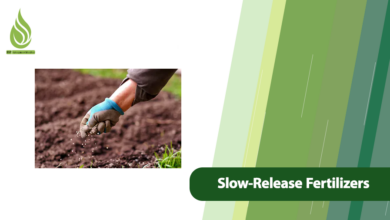
Why Professional Farmers Choose Slow-Release Fertilizers
In modern farming, which balances efficiency with sustainability, slow-release fertilizers are a popular choice for growers. These special fertilizers release nutrients into the soil steadily over time, making them suitable for traditional farms, greenhouses, orchards, and city gardens. If you want to learn more about the different kinds of slow-release fertilizers and how they can help, this guide will explain them step-by-step, so you can choose what’s best for your crops. What Exactly Is a Slow-Release Fertilizer? Slow-release fertilizers are…
Read More -
Articles
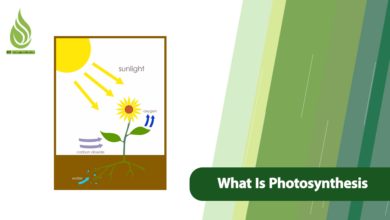
What Is Photosynthesis? Simple Guide to How Plants Make Food
Photosynthesis is essential for life on Earth. Plants, algae, and some bacteria use sunlight to turn water and carbon dioxide into sugar and oxygen. This sugar fuels plant growth, while the oxygen supports life. In this guide, we explain what photosynthesis is, how it works, what affects it, and why it is so important. We also explore how climate change impacts this process and how fertilizers, such as ammonium sulfate, can help plants perform better. Here we offer clear insights…
Read More -
Articles
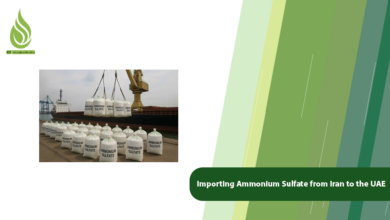
Importing Ammonium Sulfate from Iran to the UAE and Dubai
In modern farming, it is very difficult to increase crop production without using mineral fertilizers. Ammonium sulfate is one of the most important and common fertilizers used. The United Arab Emirates imports a large amount of its agricultural mineral fertilizers from Iran, which creates a strong business opportunity for traders. Importing ammonium sulfate to the UAE and Dubai helps local farms and also allows for profitable re-export to nearby markets. Trade Dynamics of Ammonium Sulfate Between Iran and the UAE…
Read More -
Articles
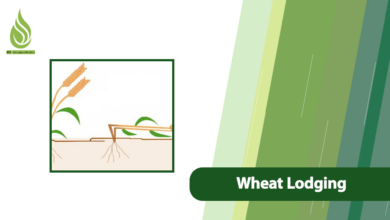
What Is Wheat Lodging & How to Reduce It in Cereals?
Wheat lodging is a critical challenge for farmers worldwide, particularly those cultivating grains in regions with variable weather and intensive farming practices. As a staple crop feeding billions, wheat’s productivity can be severely hampered by this issue, leading to substantial economic losses. In this guide, we’ll explore what wheat lodging entails, its early warning signs, the devastating effects it has on yields and quality, the factors that trigger it, and proven methods to prevent it. What Is Wheat Lodging? Wheat…
Read More -
Articles
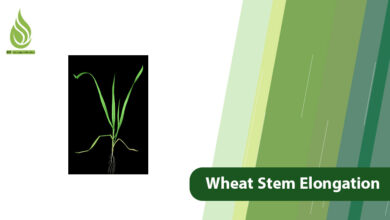
Essential Nutrients and Strategies for Wheat Stem Elongation
Wheat stem elongation is a critical phase in the growth cycle of wheat and other cereals, marking the transition from vegetative development to reproductive preparation. This stage, often referred to as jointing, sets the foundation for fertile tiller formation, spike development, and ultimately, grain production. Proper nutrition and management during wheat stem elongation can significantly boost yields, while deficiencies or mismanagement can lead to reduced grain counts, shorter spikes, and lower harvests. In this guide, we’ll explore the key aspects…
Read More -
Articles
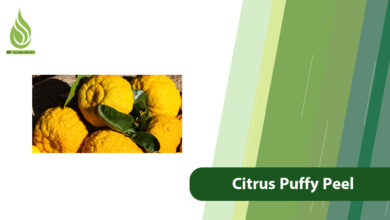
Why Does Citrus Peel Become Puffy and How to Prevent It?
Citrus puffy peel is a common yet frustrating issue for growers and gardeners alike, particularly affecting popular fruits like oranges, tangerines, and mandarins. This physiological disorder, often referred to as “citrus puffy peel” or simply “puffiness,” leads to fruits with loose, inflated skins that separate from the inner pulp, making them less appealing to consumers and reducing their market value. While it doesn’t directly alter the taste or edibility of the fruit, puffy peel can significantly impact sales and overall…
Read More -
Articles
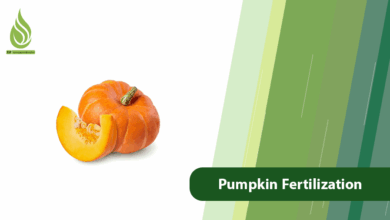
Pumpkin Fertilization Guide: From Planting to a Bountiful Harvest
Fertilization is a key factor in growing healthy, high-yielding crops that thrive in gardens and farms across the world. Whether you’re cultivating pumpkins for Halloween jack-o’-lanterns, delicious pies, or nutritious meals, understanding the ins and outs of pumpkin fertilization can make all the difference. Pumpkins, also known as winter squash or Cucurbita pepo, are nutrient-hungry plants that reward proper care with large, sweet, and vibrant fruits. In this comprehensive guide, we’ll cover everything from soil preparation to harvest. As a…
Read More -
Articles
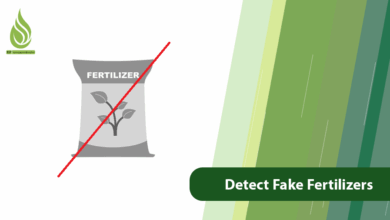
How to Detect Fake and Counterfeit Fertilizers?
In the global agriculture market, detecting fake fertilizers has become a critical skill for farmers everywhere. Counterfeit and low-quality fertilizers are rampant, costing the industry billions annually while damaging soil, crops, and the environment. Knowing how to detect fake fertilizers is essential to protect your investment, ensure sustainable yields, and safeguard food security. This guide provides step-by-step methods to detect fake fertilizers, drawing from the latest insights by the USDA, FAO, and regional agricultural authorities. As a leading supplier of…
Read More -
Articles
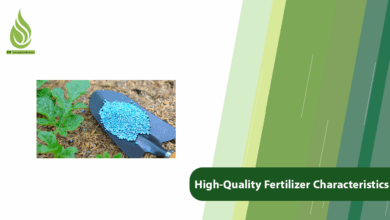
Key Characteristics of High-Quality Agricultural Fertilizer
Fertilizers play a pivotal role in enhancing crop productivity and quality in both farming and gardening. They support healthy plant growth, improve yields, and help crops withstand environmental stresses. However, these benefits only materialize when you use high-quality fertilizers. But what exactly defines a high-quality fertilizer? How can you tell if the one you’ve bought meets the necessary standards, and what are the characteristics of a high-quality fertilizer? In this guide, we’ll explore the essential characteristics of high-quality types of…
Read More